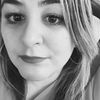
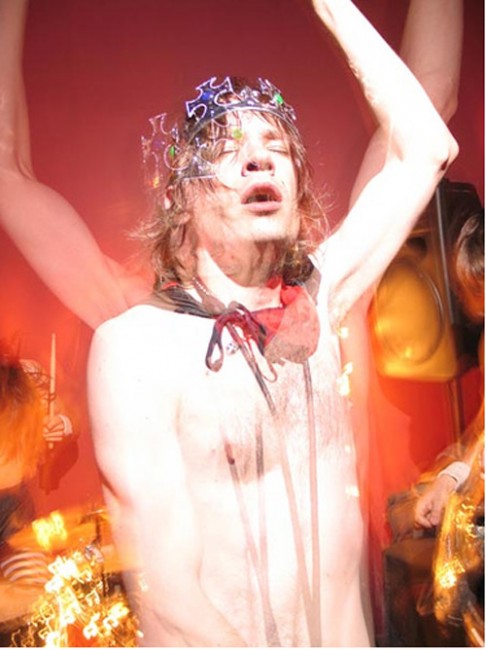
Anyone who read the recent article about Tod Seelie's audacious yet captivating photography on the cover of the Arts segment of The New York Times will understand why I have spent the last month tracking him down to coordinate an interview. Seelie's photography captures daring underground happenings, sloppy proletarian pursuits and raw exposés of situations the common person might otherwise never gain access to. Focusing on the overlooked and uncultivated, Seelie shoots scenarios that are typically regarded as grotesque, messy or chaotic. Yet, his unique compositions and his talent of capturing "the spirit of a moment" elevate these typically peculiar circumstances to an artistic status that emanates beauty and finesse. After going on tour with The Black Lips and Cerebral Ballzy, Seelie has returned to the East Coast with the time to answer some of my enduring questions about his work.
I know that you began to veer away from the conventional at a young age by immersing yourself into the punk rock scene. What was that like?
Discovering Punk was that moment in life where you find people that are saying what you're thinking, but haven't found a way to put it into words. It's very liberating, empowering and opens up what you understand the world to be. It frees not only what you can do in the moment, but what you can imagine doing in the bigger picture of the future. I think it also speaks of some of the essential components of happiness: community, being true to yourself, and not having to screw over other people to succeed.
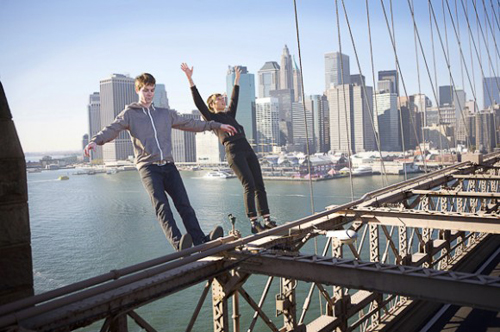
You entered Pratt as a sculpture student, so what made you change your path of study to photography?
I had a professor casually flip through some of my snapshots in my studio during a critique. He explained how my sculpture was very "smart," art about art and the art audience... but my photographs were personal and had a strength to them you can't learn in school. He suggested I should take them more seriously, and assigned me to take a color photography class the next semester. The photo professor reinforced this suggestion, and something I had previously considered a hobby became my main focus. I guess in a sense this is exactly what college is for, to help you determine your path with the guidance of someone with a lot more experience and insight than you have.
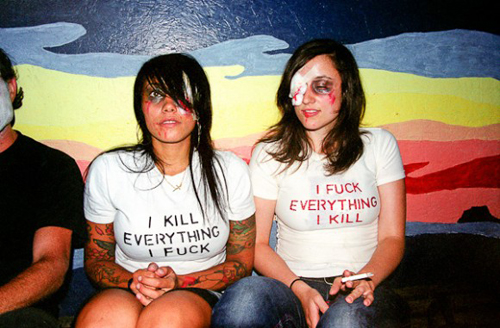
Have you ever gotten in trouble while shooting your photography?
Of course. I've been chased, arrested, threatened and even kidnapped at gunpoint. It's never a good idea to take foolish risks, but risks are part of the game. You win some and you lose some, and you just hope you get to walk away in the end. I do get away a lot of the time too.
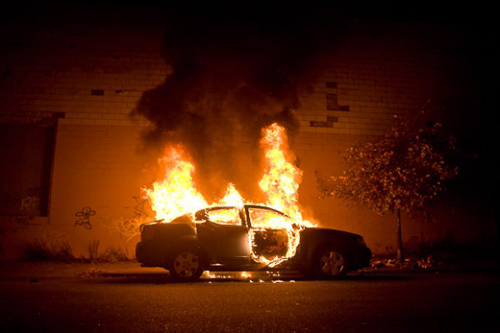
So then can you tell me about one of the craziest experiences you've ever had while shooting?
Getting kidnapped at gun point in South America is pretty up there on the list. Although sometimes it's also fun chaos. Like being in a backyard in Texas while people are stripping on a homemade stage covered in mud and a severed pig's head is being thrown around while mortars are exploding in the middle of the crowd. That's pretty crazy too.
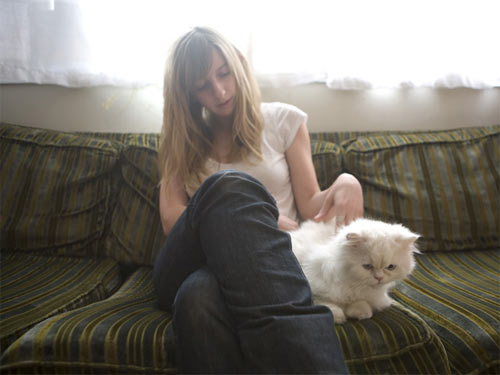
I am a propellant of the seemingly haphazard elevation to the world of high art. I find your work is reminiscent of The Happenings of the mid 20th century or the anti-elitism inherent in Fluxus or Dada pieces. I ask you this not for the sake of "labeling," but have you ever drawn this connection?
I was heavily impacted by Dada while I was in high school. I just kept asking myself, "what can possibly be art that follows this?" But I have to admit I don't really think of any conceptual aspects or being part of a movement when I am making work. I am a very instinct-driven person. Perhaps it was the impact of Dada at a young age that has made me suspect of contemporary conceptual art since then?

In your New York Times article there is an emphasis on your peer collaborations. I am aware that you worked with some of these peers to start an organization called Toyshop. Can you tell me a little more about it?
Toyshop was a collective that was initially formed by a group of friends from Pratt Institute in the early 2000s. When we were all finishing school together, we had started to move toward putting art up in the streets and devising larger events in the public sphere. We realized that a lot of the more ambitious ideas couldn't be pulled off with one or two people, and so we formed a group to help execute people's projects. Some were community-based, like replacing billboards for malt liquor with drawings made by children in the neighborhood. Some were a thumbing our noses at the Art World a bit, like mud wrestling in Walter de Maria's "Earth Room" installation. And some were just to return surprise and fun back to public life, like a noise parade through the Lower East Side on a Friday night, or "taking over" the Staten Island Ferry with a group of people all dressed like pirates. Documentation of a lot of our exploits are still available on our website: toyshopcollective.org.
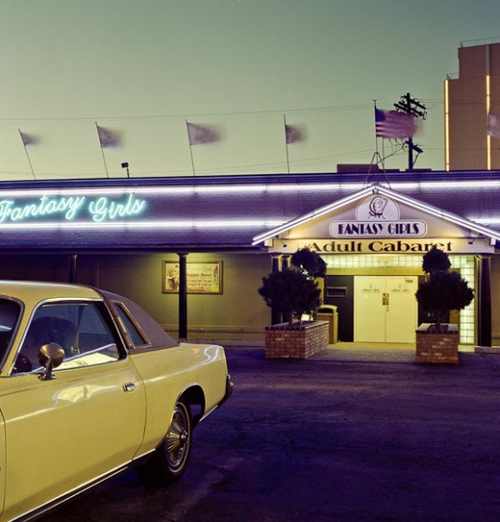
Do you sell your work to collectors?
I'd like to someday. Some of my friends have some of my work, does that make them collectors?

